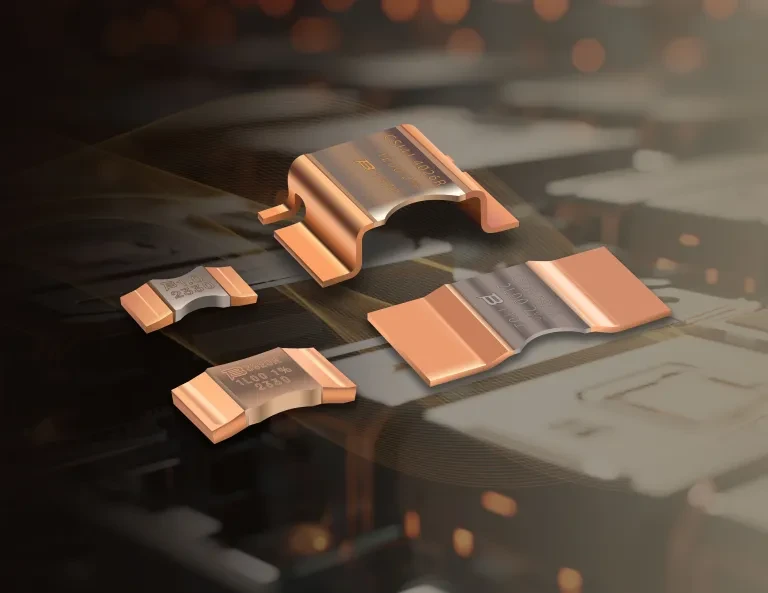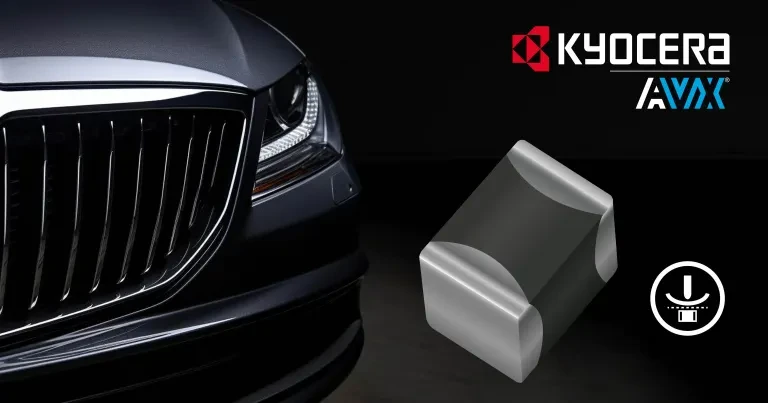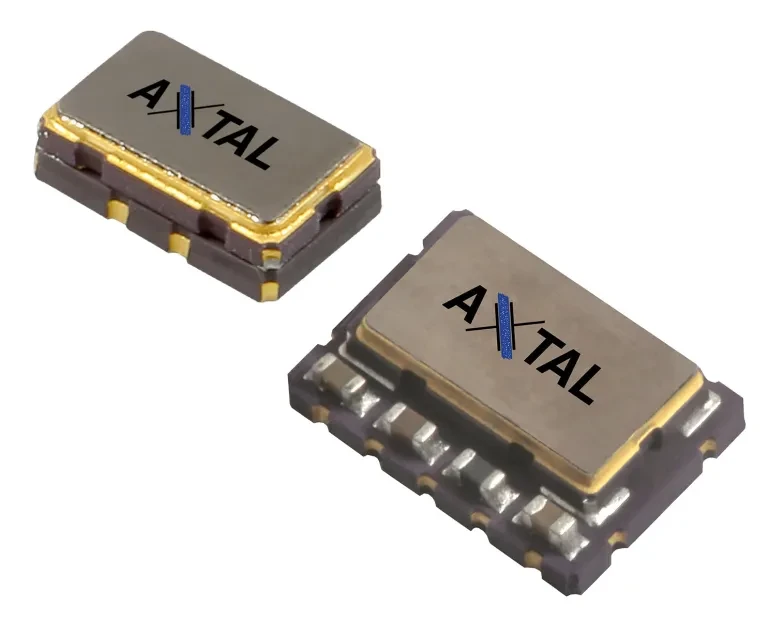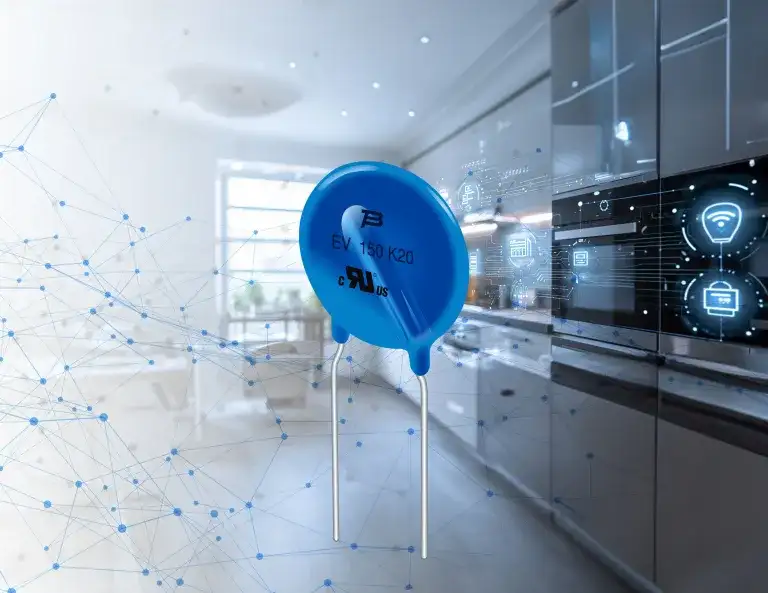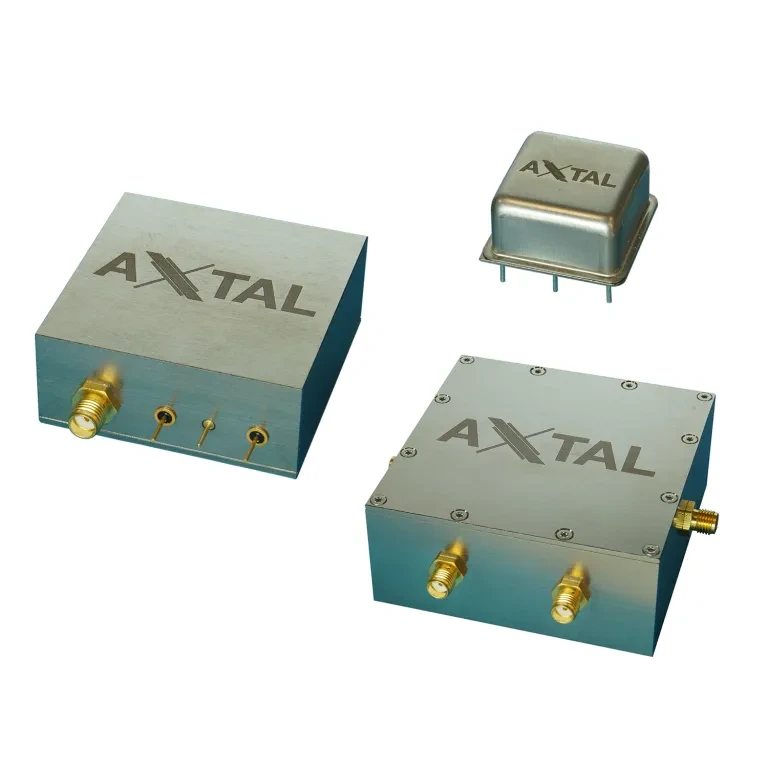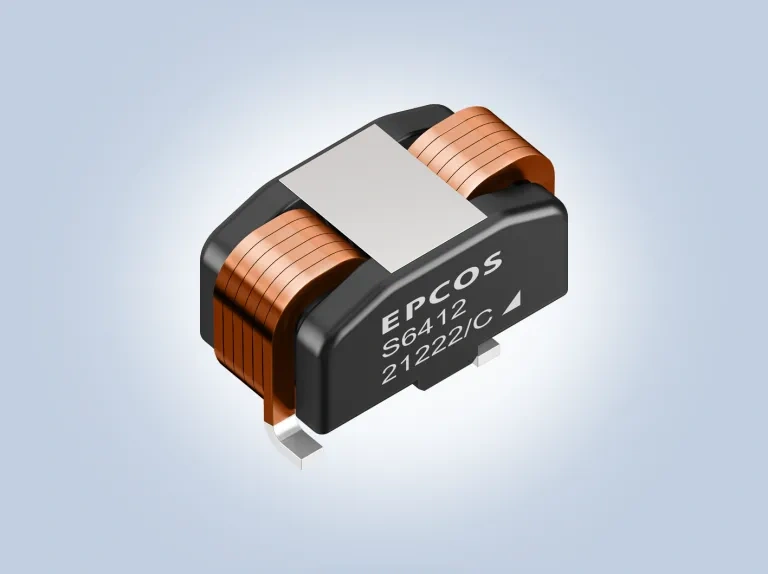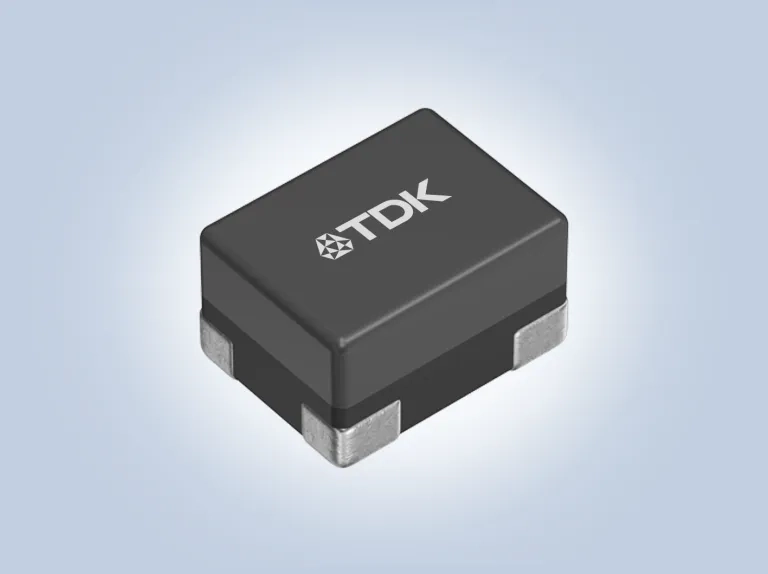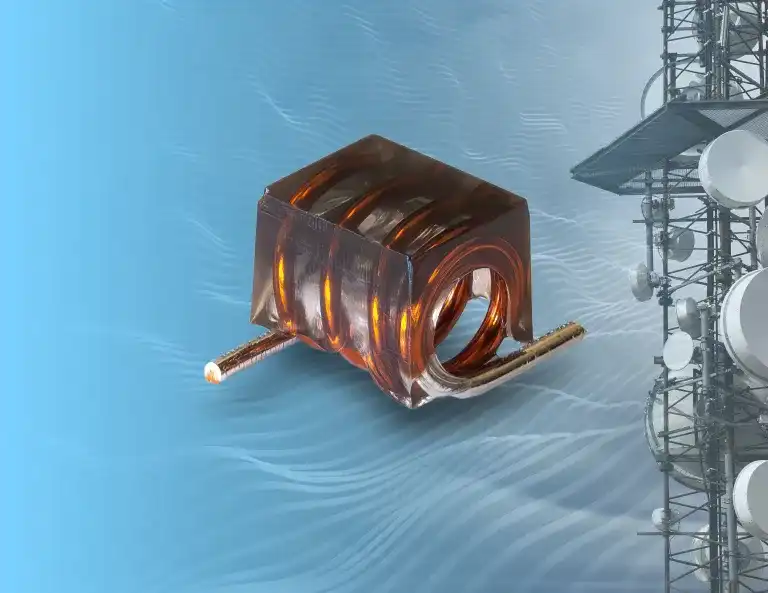
Bourns, Inc. has launched a new series of air coil inductors that features high Q, high self-resonant frequency and tight inductance tolerance. The high-frequency and low-loss Model AC4842R air coil inductor series gives RF application designers a wider range of high Q solution options, said the company.
Air coil inductors use air as their core material, compared to other types such as ferrite core inductors, offering advantages in low core losses and minimal saturation, according to Bourns. This makes them suitable for a range of applications, including signal filtering, impedance matching and frequency tuning in a variety of electronic circuits.
The AC4842R series delivers a high Q value of at least 100 with inductance from 22 to 150 nanohenry (nH). They are suited for high-frequency TV and radio receivers, radio transmitters and RF amplifier and tuning applications.
Thanks to a wire coil design without a magnetic core, the AC4842R series provides significantly lower inductance values and higher functionality at high frequencies. It is also manufactured with an epoxy cover for added mechanical stability.
Designed with tight inductance tolerance, the air coil inductors feature a DC resistance from 4 to 33 milliohms and a 1.2 A to 3.5 A maximum rated current. The operating temperature range is –25°C to 125°C. The devices are RoHS compliant.
The air coil inductors measure 4.83 × 3.81 × 4.2 mm, and their surface-mount design makes them suited for pick and place processes. The Model AC4842R Series is available now.

